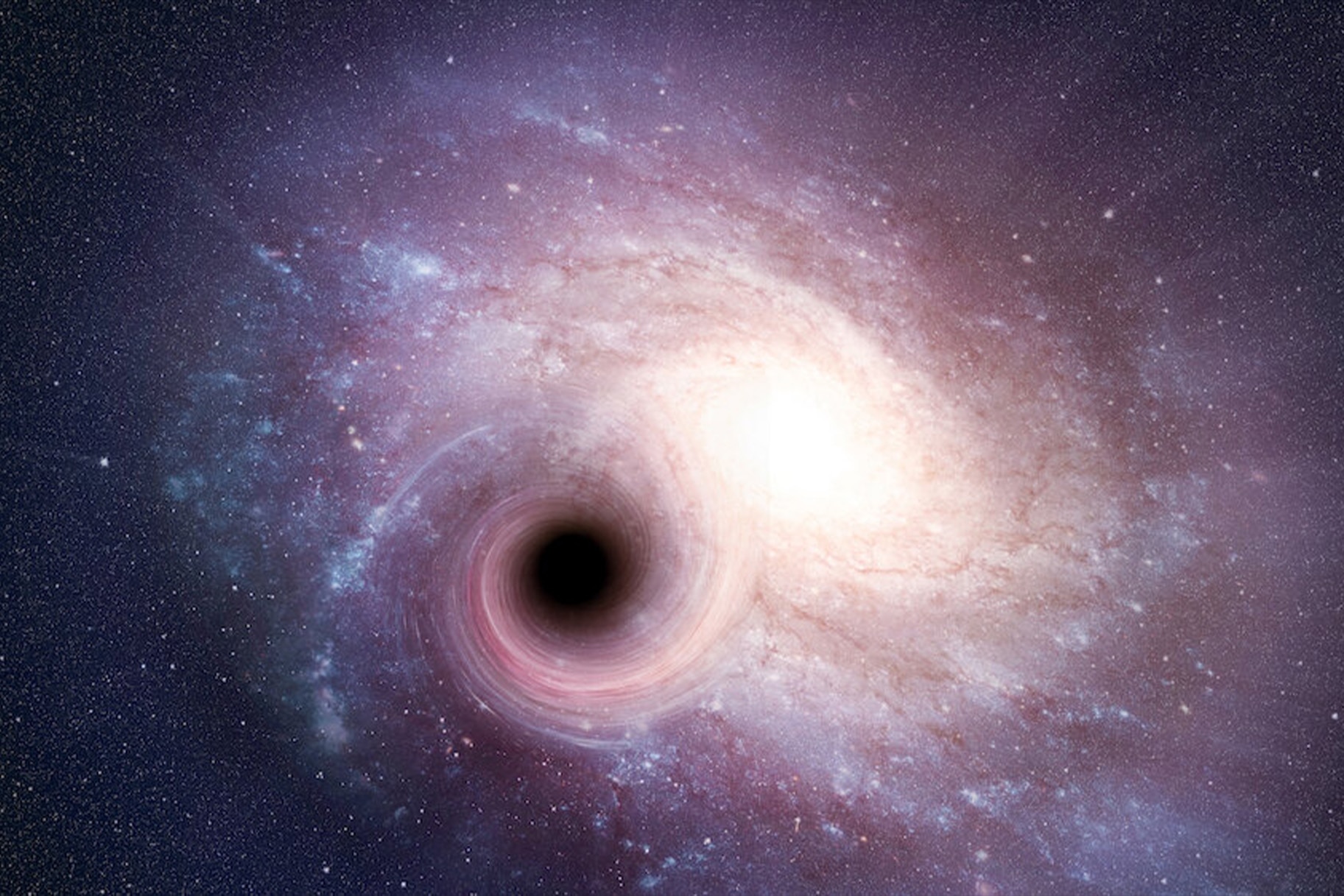Create a free profile to get unlimited access to exclusive videos, sweepstakes, and more!
Hear that? It’s the heartbeat of a black hole
Instead of a stethoscope, use a telescope.

The human body and outer space may seem to have nothing in common, but if there’s a theory out there that our brains are mirrors of the universe, maybe our hearts also are.
Black holes eat stars. Like any other black hole, GRS 1915+105 is in a binary system with a “living” star, consuming that star as they orbit each other. What makes this one stand out is that it revealed how energy is taken in and then pumped out in the form of monster jets, and it's eerily similar to a heartbeat. Astrophysicist Mariano Méndez of the University of Groningen in the Netherlands, who led a study recently published in Nature Astronomy, was amazed.
“We noticed that every time the emission of the jet increased the temperature of the corona decreased, in a very systematic way,” he told SYFY WIRE. “We came to the conclusion that the strength of the jet emission, the temperature, and the size of the corona changed together.”
What Méndez and his team realized was that there was a rhythm to the emissions which came off much like a cosmic heartbeat. When the heart expands, it allows blood to flow in and supply it with oxygen, and when it contracts, it releases deoxygenated blood that gushes back into the veins so it can get more oxygen. This black hole was eerily close. When more material was collected into the corona, it expanded, and as the corona grew smaller, material was released and spewed out into space. The size of the corona increased as the jet decreased and vice versa.
Superhot plasma from the corona was being pumped out in jets when the corona reached its smallest size (which is different from the heart contracting but staying the same size); then the corona would start inflating again and the entire thing would start over. That was one “heartbeat.” Something that doesn’t happen in a human heart is that the heart doesn’t morph back into the blood released — but you can argue that a sort of morphing happens when the blood in the heart once again becomes the blood in the veins. It was similar with the black hole.
“The electrons play the role of the blood in our bodies, the corona is equivalent to the atrium in the heart, where the blood from the body comes to the heart, and from there it passes the ventricle where it is pumped back to the body,” said Méndez.
Of course, blood doesn’t escape the heart at nearly the speed of light, as plasma from black hole jets does. Electrons are energized in the corona until they have enough energy to blast out into the darkness, which is kind of like blood being re-oxygenated by the lungs and pumped through the heart over and over, except the blood never leaves the body. Plasma that is released in jets accelerates into the void, with electrons and other particles eventually scattering all over, their fate unknown, possibly to be eaten by another black hole.
But wait. What could be revving up these electrons with energy like blood being renewed with oxygen? It might be a magnetic field. There is a certain amount of thermal energy in the corona, just like there is a certain amount of oxygen in the lungs. However, the corona was emitting much more energy than it had available, anywhere from 100 to 1,000 times more, which seems suspicious. There is only so much oxygen your lungs can take. It’s the same with the energy of a black hole’s corona. If this energy is intense magnetic energy, that suddenly becomes possible.
“The magnetic field lines can sometimes be well organized, but in the case in which the magnetic field lines are disorganized the energy would be easily dissipated and the temperature of the corona would rise,” Mendez said.
There were obstacles to overcome. Gathering all the data needed to figure out the heartbeat of a black hole could sometimes be painstaking. Not everyone even believed the findings, but maybe the deniers needed to listen to their hearts.


























